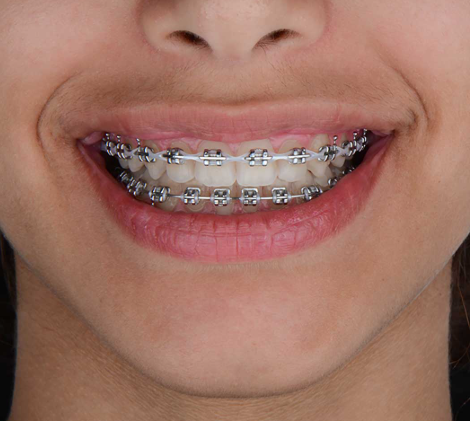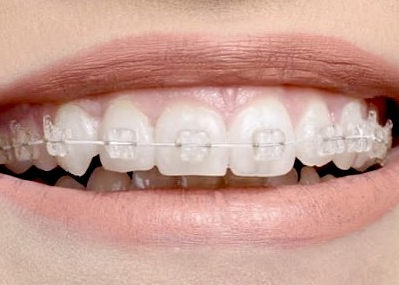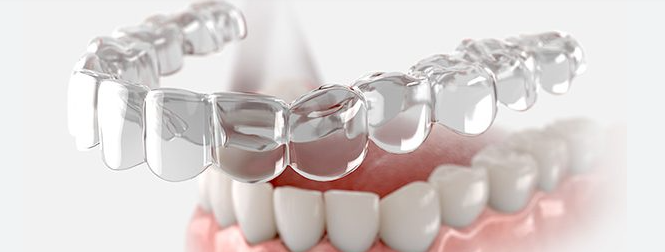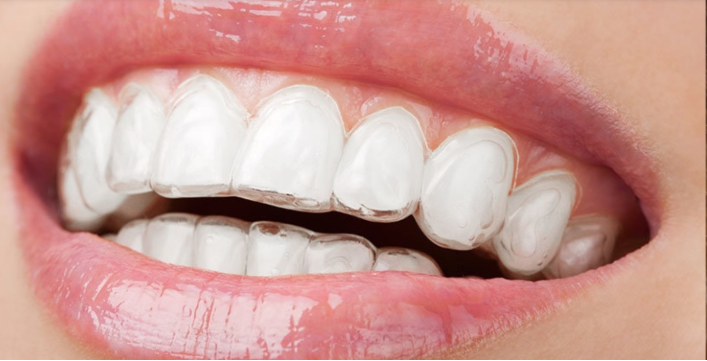Fixed Braces: Metal and Ceramic
Traditional metal braces remain a reliable choice for straightening teeth. These consist of small metal brackets attached to your teeth, connected by a wire that gradually moves your teeth into position. While they're the most noticeable option, modern metal braces are smaller and more comfortable than ever before. You'll visit your orthodontist every 4-6 weeks for adjustments, and treatment typically takes 18-24 months. Metal braces work well for complex cases and are usually the most affordable option.
For those concerned about appearance, ceramic braces offer a more discreet alternative. They work just like metal braces but use clear or tooth-colored brackets that blend with your teeth. While slightly more expensive and requiring extra care to prevent staining, ceramic braces provide the reliability of traditional braces with improved aesthetics. Keep in mind they're a bit more fragile than metal braces, so you'll need to be careful with hard or sticky foods.
 vs
vs 
Removable Options: Clear Aligners
Clear aligners, like Invisalign, offer a nearly invisible way to straighten your teeth. Instead of brackets and wires, you'll wear a series of clear plastic trays that gradually shift your teeth. You'll change to a new set of aligners every 1-2 weeks, wearing them for 20-22 hours daily. The best part? You can remove them for eating, drinking, and cleaning your teeth – no food restrictions necessary.
Treatment with clear aligners typically takes 3 months-12 months, and you'll visit your orthodontist every 8-10 weeks to check progress. While they're more expensive than traditional braces, many patients find the convenience and aesthetics worth the investment. However, they work best for mild to moderate alignment issues. Success depends heavily on your commitment to wearing them as prescribed.


Choosing What's Right for You
When deciding between fixed and removable options, consider:
- Treatment needs (complex cases often do better with fixed braces)
- Lifestyle (clear aligners offer more flexibility but require discipline)
- Budget (metal braces typically cost less than ceramic or clear aligners)
- Age (teenagers might prefer clear aligners, but fixed braces ensure consistent treatment)
- Comfort preferences (clear aligners cause less irritation but fixed braces might work faster)
Remember, any orthodontic treatment requires good oral hygiene and regular dental visits. Fixed braces need special cleaning tools and techniques, while clear aligners require thorough brushing between insertions. Your orthodontist will help you choose the best option based on your specific needs and lifestyle.
